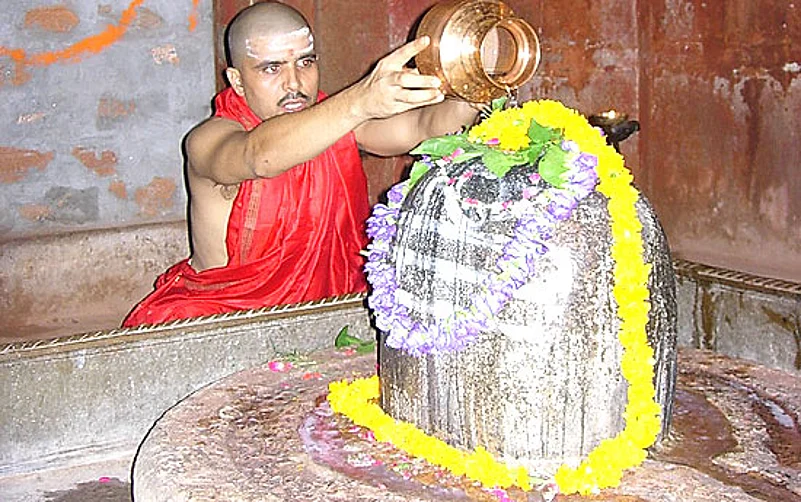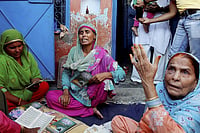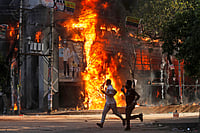Amidst the bustle of the Kashi Vishwanath Temple in Varanasi, observe the priests closely or ask around to meet a Nepali pujari. It’s likely you won’t identify one, nor will others direct you to him. But, yes, symbolising the continual, age-old nature of the Hindu culture of India-Nepal, there’s a priest from Nepal with access to the sanctum sanctorum of the Kashi Vishwanath temple who performs puja. His name: Teknarayan Upadhyay.
Upadhyay’s father brought him to Varanasi to master the Vedas and other Hindu scriptures 24 years ago. In 1997, he completed his Vedic studies; three years later, he was appointed as one of the 11 mukhya pujaris of the Kashi Vishwanath temple. “No,” Upadhyay says, “there’s no rule (as in Pashupatinath temple) making it mandatory for a Nepali to be appointed here.”
He’s nonplussed at the recent attack on Indian priests and the Maoist demand to appoint Nepalis priests at the Pashupatinath Temple. Should Nepal accept the demand, he says it would break a tradition that dates back to Adi Shankaracharya. As Upadhyay explains, “In order to unite Nepal and India culturally, Shankaracharya ordained that Indian priests should perform puja in the Pashupatinath temple and Nepali priests in the Rameshwaram temple in south India.” He isn’t aware if the Rameshwaram temple adheres to the tradition of appointing Nepali priests, but adds hopefully, “I’m sure there must be Nepali priests there.”
But many in Nepal do testify to the presence of Nepali priests in Indian temples. Basudev Prasad Bhandari, a retired civil servant, says he has met many Nepali priests on several visits to India. “I was taken inside the sanctum sanctorum of the Sanakata Mandir (Varansi) by a Nepali priest five years back. Last year, I was able to offer special puja in Amarnath with the help of a Nepali pandit.” He says the tradition of Nepali priests working in Indian shrines began from the late 19th century following arrangements with Indian temple authorities. “In fact, many Hindu shrines, temples and maths in Varanasi and other areas were built and funded by kings in the past.”

























